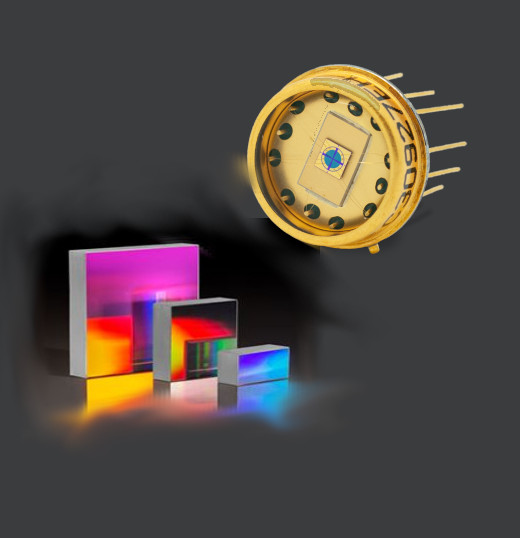
Why Laser Damage Testing is Critical for UV Laser Applications
Laser Induced Damage Threshold (LIDT) is a critical specification when selecting optical components for laser systems. It defines the maximum laser radiation an optic can withstand without sustaining damage. This article explores the importance of LIDT, particularly in the context of UV lasers, and highlights considerations for UV optics.
Why UV Lasers?
UV lasers offer several advantages over longer wavelengths like infrared or visible light, especially in materials processing. Unlike infrared or visible lasers that melt or vaporize materials, UV lasers break atomic bonds directly, minimizing peripheral heating and enabling more precise processing of thin and delicate materials. Additionally, UV lasers have a higher spatial resolution, making them ideal for creating fine features.
Impact on LIDT
However, the short wavelengths of UV lasers affect the LIDT of optics used with them. UV light scatters more and contains more energy, leading to increased absorption by substrates. This absorption can weaken optical components or coatings, reducing their LIDT. It's essential to recognize that LIDT is directly related to the laser's wavelength, meaning optics may have lower LIDT values at UV wavelengths compared to visible or infrared wavelengths.
UV Optics Design
UV optics must be meticulously designed and manufactured to withstand UV damage. They should have minimal bubbles, a homogeneous refractive index, and limited birefringence. Calcium Fluoride (CaF2) is a common material used in UV applications due to its ability to withstand UV damage. However, environmental factors like high humidity can still impact performance, highlighting the importance of selecting appropriate materials for UV optics.
Considerations for UV Lasers
When using UV lasers, it's crucial to consider the LIDT of optics. Optics not designed for UV wavelengths may have misleading LIDT specifications, as LIDT values are typically tested at higher wavelengths. Optics specifically designed for UV applications provide more accurate LIDT specifications, ensuring optimal performance and longevity.
In conclusion, understanding LIDT is paramount when integrating optics into UV laser systems. By selecting UV optics with appropriate LIDT values and considering environmental factors, users can maximize the efficiency and reliability of their UV laser setups.
Usłyszane w sieci
Rzeczą ważniejszą od wiedzy jest wyobraźnia.
Albert Einstein






